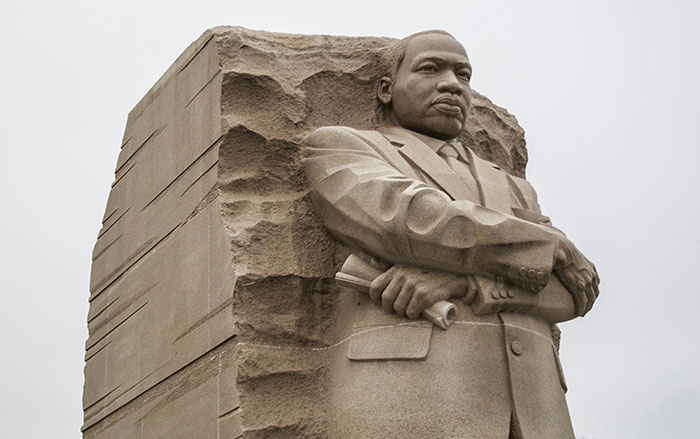Claremont speed limit increases not a done deal…yet (updated)
Proposed speed limit increases to 11 local streets are advancing to the Claremont City Council next month. The Traffic and Transportation Commission gave the proposal a favorable recommendation at the end of a lengthy meeting Thursday night. The review is expected to go before the council Tuesday, July 10.
The Claremont Traffic and Transportation Commission lent its approval to the speed limit increases with the additional recommendation that the city evaluate ways to encourage safe speeds like community outreach programs and driver feedback warning signs that display a car’s speed. Commissioners also asked city engineers to informally re-evaluate the streets and any impact to the speed in 6 to 8 months’ time.
“The major issue became not so much whether we are setting the speed limit, but how to enforce it,” said Commissioner Chaime Rinde. “We need to make sure we use all resources available to enforce the law.”
Speed limit changes are needed in order to comply with state standards, according to Loretta Mustafa, senior engineer with the city of Claremont. The state of California requires the speed limit on a street be as close as possible to the 85th percentile, or the speed that 85 percent of the traffic is actually driving either at or slightly below, regardless of the set speed limit. A recent Radar Speed Survey suggested that many of the city’s streets are not in compliance with current standards. As a result, speed citations have not been upheld in traffic court, according to Ms. Mustafa, who told commissioners that changes are needed in order to enforce the law.
“I don’t like increasing the speed limit in many of the areas being discussed. However, if the current limits are not enforceable in the courts, then it is reasonable to me that we should align our speed limits to the standards set in order to make those limits enforceable,” said Commissioner Chuck Freitas, whose view gained the commission’s unanimous agreement.
Commissioners will encourage the city council and others to draft letters of concern to the state capitol and work with legislators in other cities to bring about legislative change. State speed regulations have created controversy not only at the local government level, but at the state level as well. Several bills have been introduced over the years, with the most recent being AB 529, in an effort to change the restrictive language of the 85th percentile rule.
“There needs to be more flexibility at the local level,” said Mr. Freitas after several residents voiced concerns voiced about increases to their street’s speed limit.
Marc Godt, a resident of Scripps Drive, opposed raising the speed limit along his street, where he says vehicles are already driving too fast. As it is, Mr. Godt said that his wife has trouble getting in and out of the driveway because of the speed of traffic, and the couple is fearful to let their children roam in the front yard.
“Where do we draw the line as a community?” he asked. “People see the limit and they push it a little bit higher. If we raise [the limit] to 35 or 30, the average speed people drive will be 38.”
Concerns also centered on the proximity of some of the proposed changes to local schools and senior centers, as well as pedestrian and bike-heavy areas.
However, a state-mandated cap on how low a city can set its speed limits does not allow for flexibility. The California Manual on Uniform Traffic Control Devices (MUTCD) allows a maximum reduction of 5 mph if extenuating circumstances are identified, like the curvature of a road or a street’s proximity to a school. College Avenue is among those with granted lower speed limits because of such circumstances, according to Ms. Mustafa, but the speed can only be lowered so much.
Laws regarding speed limits in school zones when children are present will still remain. Regardless of a designated speed limit, drivers are required to drive 25 mph in a school zone when children are going to or from school and during the noon recess, as mandated by state law.
Heeding the comments of several residents worried about speed increases both now and in the future as limits continue to rise, the city engineers agreed to gather informal follow-up information on the streets with speed increases, if approved by the council. Ms. Mustafa assured the commission that data gathered from the last set of speed limit increases showed that the 85th percentile did not increase significantly in years following. Similar to a study of 200 roads across 22 states conducted by the Federal Highway Administration, the 85th percentile had only increased by one mph or stayed the same.
Other measures, like increased signage and other incentives will be explored, according to Ms. Mustafa.
“That’s something we are continuously looking into,” she said. “We are constantly applying for school grants and bicycle safety grants and using all those monies in different ways either to get signage, the driver feedback signs or whatever can be done. We continue to look for ways other than speed bumps that will alert drivers’ attention.”
—Beth Hartnett
news@claremont-courier.com








0 Comments